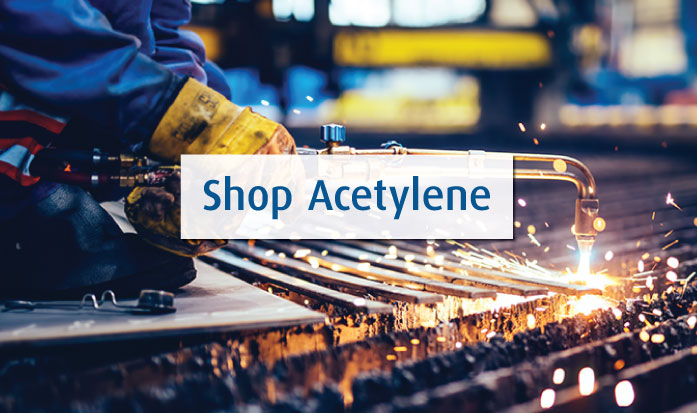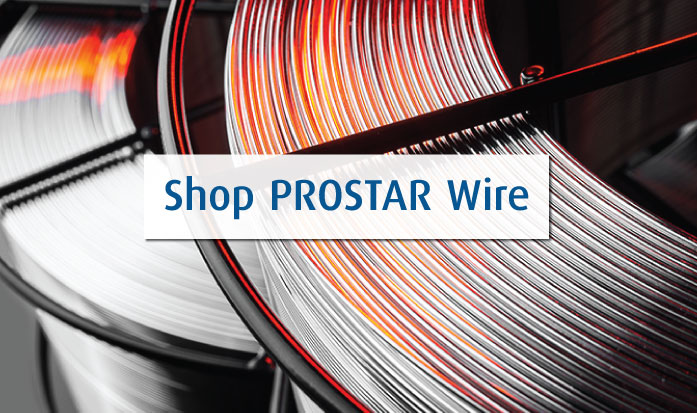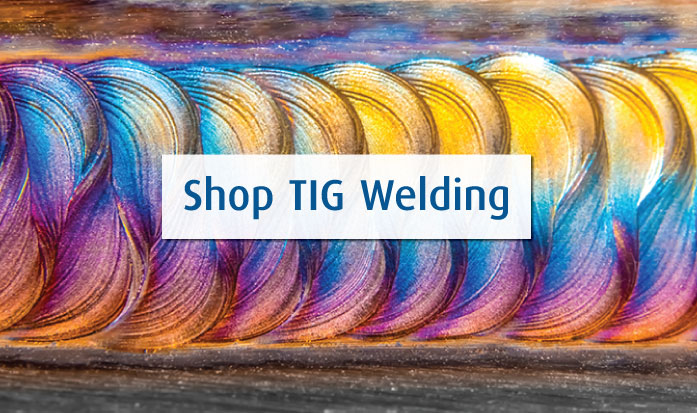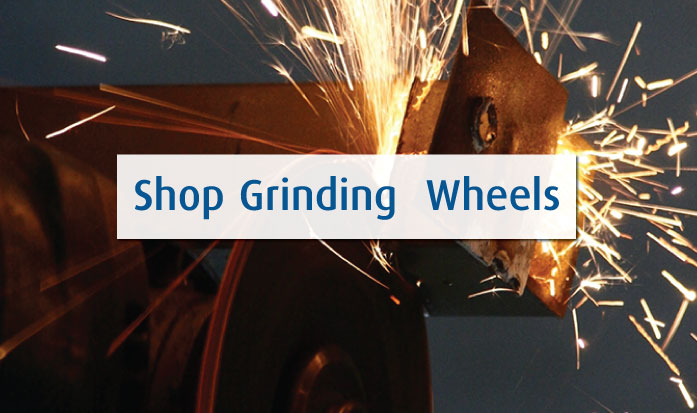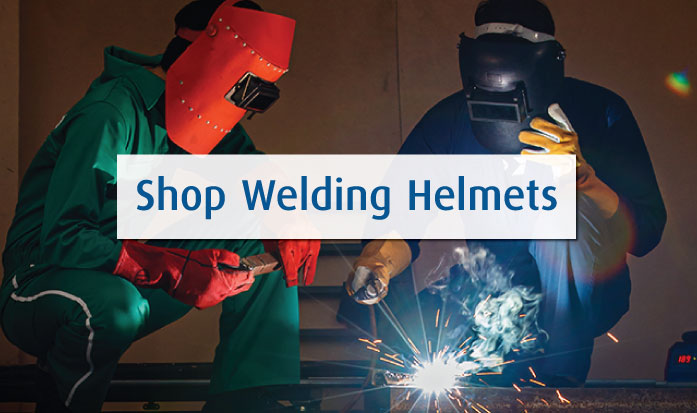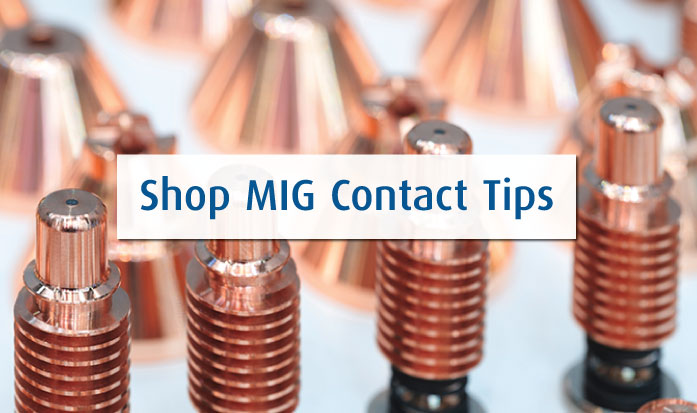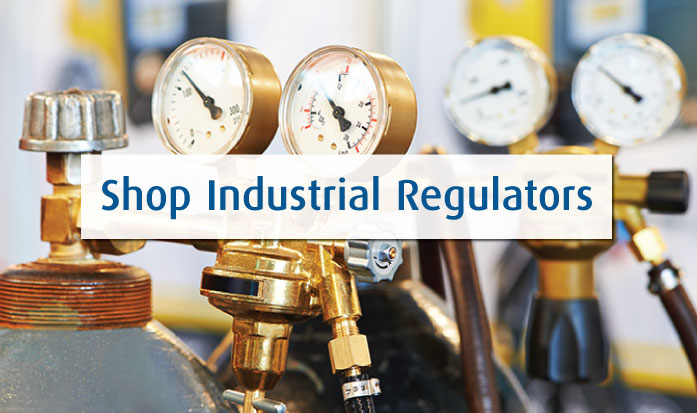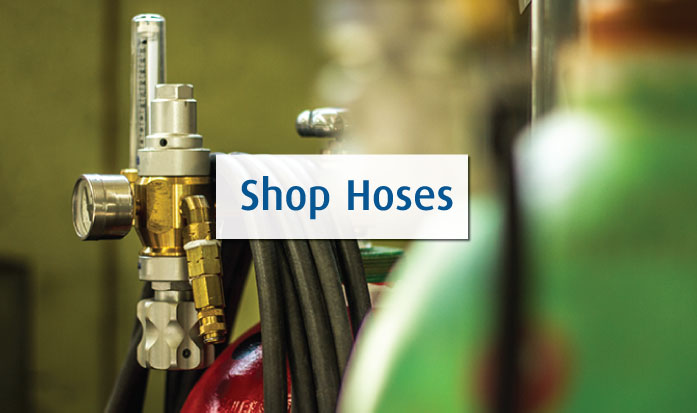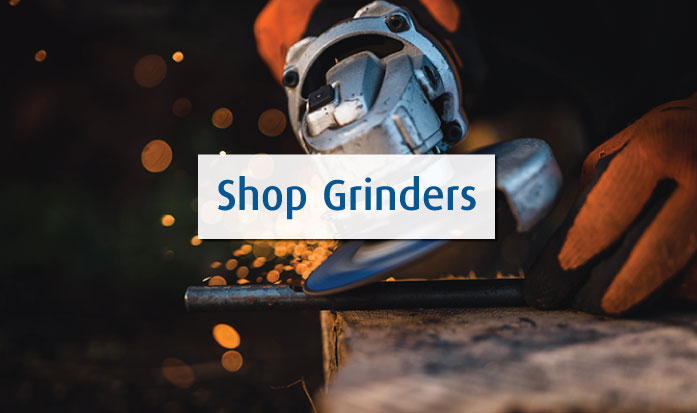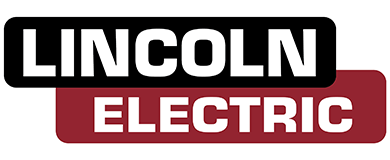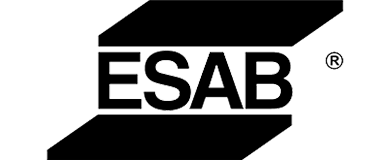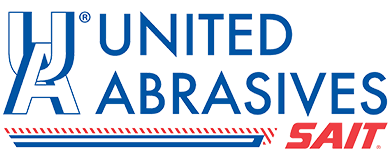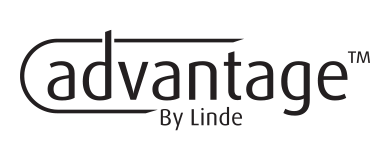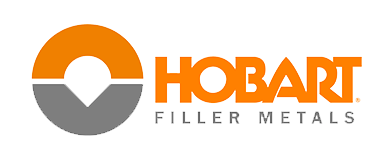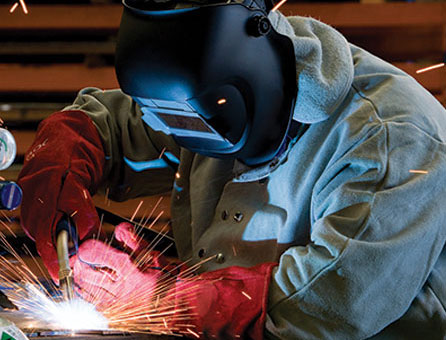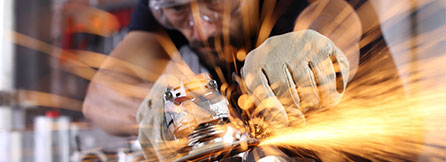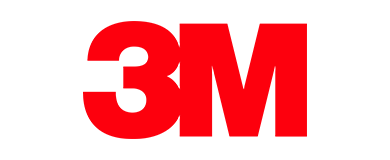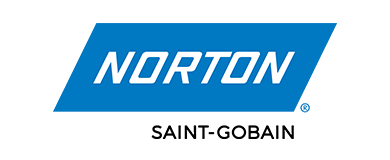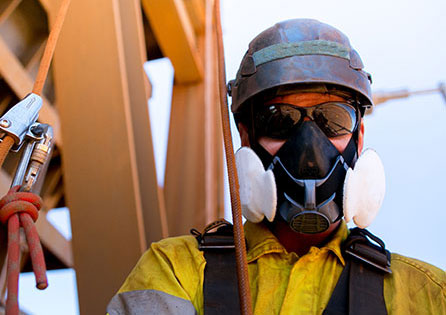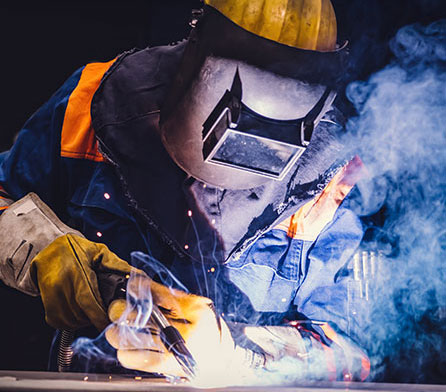-
Feb 6, 2025, 15:48 PM
by
Nick Garza
MIG welding (GMAW) is a beginner-friendly process using a wire electrode and shielding gas. This guide covers setup, techniques, and key applications.
Full story
-
Jan 10, 2025, 14:43 PM
by
Nick Garza
Oxy-acetylene welding uses flame to fuse metals, offering control, portability, and ease of use.
Full story
-
Apr 9, 2024, 16:40 PM
by
Casey Burke
No matter your intended weld project , Linde has the welding accessories and products to help you improve your productivity and final product quality. Visit your local Linde retail store, our Welding Gas and Equipment Center. Our knowledgeable and friendly staff can assist and make recommendations on which products will suit your particular needs and processes. From contact tips and gloves to welding robotics and automated cutting systems, Linde is your preferred team for products, customer service and technical support.
Full story
-
Mar 18, 2024, 12:49 PM
by
Casey Burke
Automated welding is a highly efficient set of processes that can help fabricators meet these demands. Automated welding processes include the use of robotic and computer-controlled equipment and systems to create welds.
Full story
-
Jan 30, 2024, 11:26 AM
by
Casey Burke
Welding is a transformative process that has played a pivotal role in shaping the modern world. From ancient techniques of forge welding to cutting-edge technologies like laser welding, the history of welding is a journey through time that mirrors humanity's relentless pursuit of innovation and progress. Who first invented welding? Let’s take a look.
Full story
-
Jan 4, 2024, 10:59 AM
by
Casey Burke
NDT is a critical aspect of both the welding and maintenance procedures. By guaranteeing that welding has been accomplished with the right methods, manufacturers raise accountability and security against ruin. Additionally, NDT provides a helpful tool for management to minimize expenses from device failure and associated spare parts. Welders collaborating with a skilled and inclusive NDT staff assure well-built welding by fewer and less-deficient welds.
Full story
-
Sep 18, 2023, 15:27 PM
by
Casey Burke
Flux-cored welding wires are a versatile tool for fabricators. However, there are some basic characteristics a welder should know before choosing one. This article addresses some of the important characteristics of flux-cored welding wires.
Full story
-
May 9, 2023, 08:53 AM
by
Casey Burke
Welding positioners help to facilitate higher productivity, improve ergonomics and increase consistent, higher quality welds. Read more for an exploration of some of the additional benefits of welding positioners.
Full story
-
Mar 24, 2023, 16:38 PM
by
Casey Burke
CNC cutting machines are among the most vital—and costly—pieces of equipment on the plant floor and therefore must maintain their performance for many years. Here are some tips for optimizing productivity with your CNC cutting machine.
Full story
-
Jan 24, 2023, 08:59 AM
by
Casey Burke
Robotic welding can allow for faster and more efficient production of products, leading to significant savings in both time and money. If your operation is considering making an investment in robotic welding, here are some advantages to consider.
Full story
-
Nov 7, 2022, 13:29 PM
by
Casey Burke
If you’re new to plasma cutting, or just want to upgrade your machine, here are five considerations for helping you make an informed decision on buying a new plasma cutter.
Full story
-
Oct 5, 2022, 12:27 PM
by
Ann McCallum-Boles
Selecting the right welding helmet will not only keep a welder safe and comfortable on the shop floor but also improve productivity and the quality of your welds. Here are some factors to consider when choosing a welding helmet.
Full story
-
Sep 13, 2022, 09:24 AM
by
Casey Burke
Linde offers several different cutting wheels options, each with its unique characteristics that allow it to perform well in different situations. To help get you started, let’s take a look at some introductory information about cutting wheels before selecting one for your job.
Full story
-
Apr 19, 2022, 15:44 PM
by
System
Wondering if orbital welding is the right process for your unique application? Orbital TIG welding systems from Linde can save you time and money while producing top-quality welds on tubing and pipe.
Full story
-
Apr 19, 2022, 15:44 PM
by
System
Both oxy-fuel cutting and plasma cutting have their own set of advantages and limitations. Choosing whether to go plasma or oxy-fuel for your steel cutting job depends on a number of factors, including the type of alloy, its thickness and any specific requirements for tolerance and cut quality.
Full story
-
Apr 19, 2022, 15:44 PM
by
System
Extend the life of your MIG gun consumables and positively affect the efficiency and profit of your welding operation with these 6 basic tips.
Full story
-
Apr 19, 2022, 15:44 PM
by
System
While there are many facets to implementing and operating a successful robotic welding operation, following these six tips and practices can go a long way toward protecting and improving final product quality and productivity.
Full story
-
Apr 19, 2022, 15:44 PM
by
System
How do you know you are using the best MIG shielding gas for your job? Choosing the right gas can improve your shop’s productivity, improve weld quality and increase your bottom line.
Full story
-
Apr 19, 2022, 15:44 PM
by
System
Fabrication material savings rarely produce significant profits when compared to the productivity improvements obtained on the shop floor. If a sales presentation is based on cost to purchase rather than effectiveness, then the buyer might be unknowingly adding to his fabrication expenses. This decision can also be complicated due to a strong brand name, loyalty to a brand or a convincing salesman.
Full story
-
Apr 19, 2022, 15:44 PM
by
System
Freezing weather conditions are known to negatively impact welding equipment if some precautions aren’t taken. Here are a few things you can do to your engine driven welder to improve the likelihood of success when welding in cold weather.
Full story
-
Apr 19, 2022, 15:44 PM
by
System
Whether you're working for a large manufacturing company, a small independent fabricator or in your home garage, welding poses hazards that can be harmful to you and those around you. Here are a few safety tips to get you started.
Full story
-
Apr 19, 2022, 15:44 PM
by
System
Investing in your first MIG welder can be an overwhelming process. Here are six considerations to take into account when making your purchasing decision.
Full story
-
Apr 19, 2022, 15:44 PM
by
System
Whether you use your plasma cutter for DIY projects, arts or heavy-fabrication, here are six tips for helping you to improve your plasma cutting efficiency and quality.
Full story
